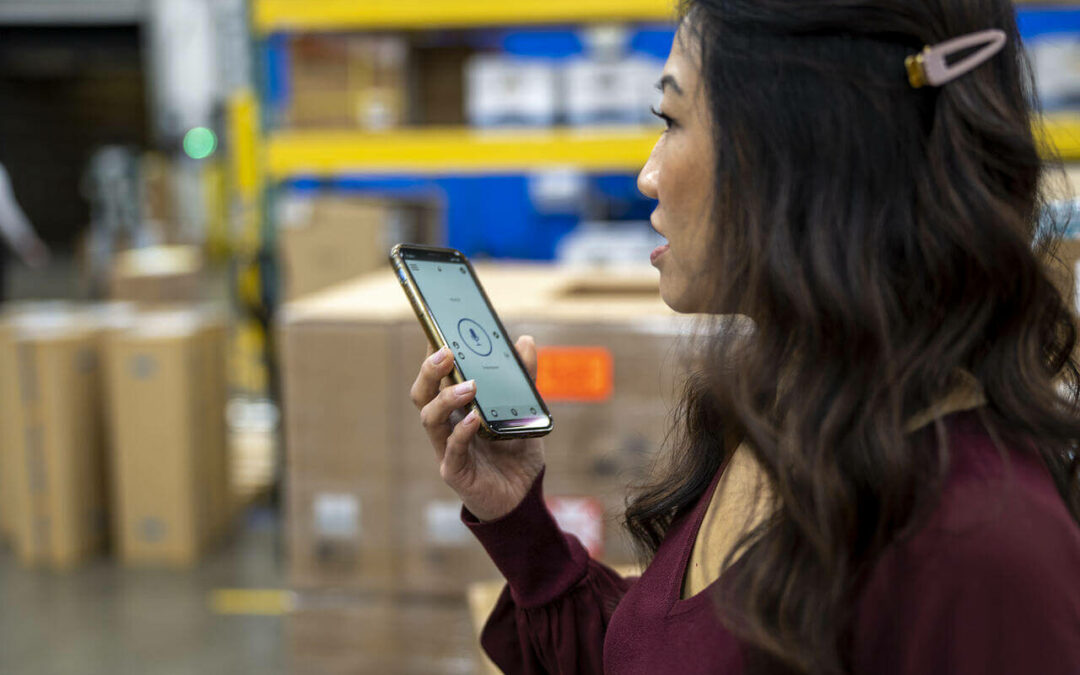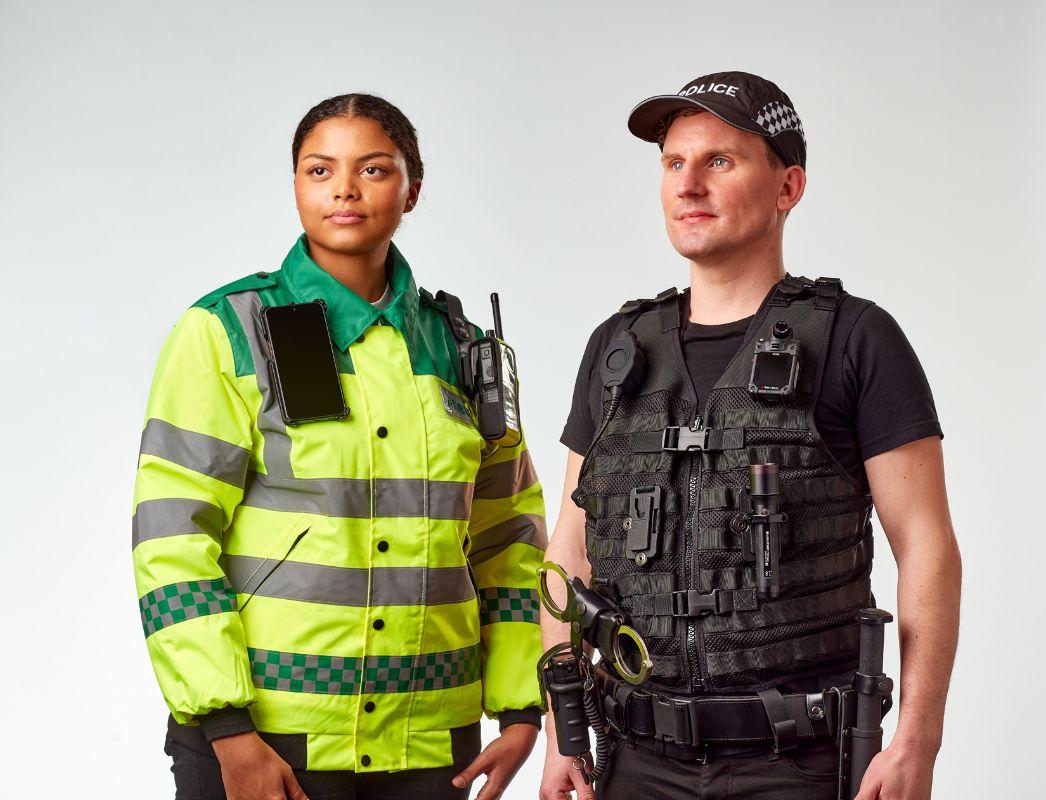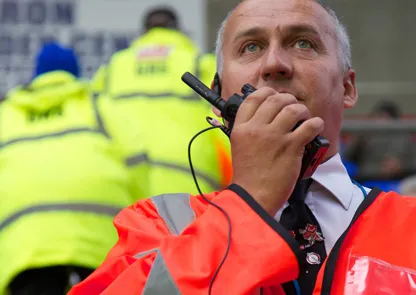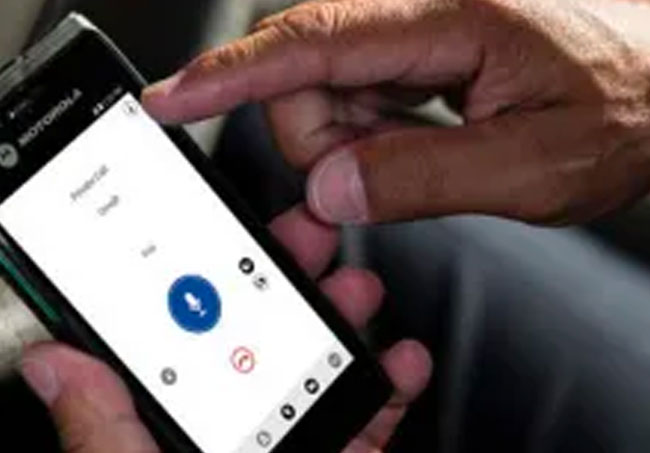FAQ – What Is MOTOTRBO?
We Have Collated The Most Frequently Asked Questions About MOTOTRBO.
If You Cannot Find Your Answer, Please Call us on0800 043 2688
Or Contact Us Here
What Is MOTOTRBO™?
MOTOTRBO™ is the first digital two-way radio system from Motorola specifically designed to meet the requirements of mainstream organisations/industries outside the public safety sector that require a customisable business-critical communication solution using licensed radio spectrum. MOTOTRBO™ is a two-way radio system that includes portable and mobile radios, a repeater, accessories, and powerful data applications, such as Text Messaging Services and Location Services.
Is MOTOTRBO™ A Series Of Radios, Or Simply A Single Model Of Radio?
MOTOTRBO™ provides a complete dual mode (analogue and digital) system including repeater, mobile and portable units, data applications, and accessories, making it easy and affordable for large organisations/businesses to customise a MOTOTRBO™ solution to meet specific needs and migrate to digital at their own pace.
What Does MOTOTRBO™ Do?
MOTOTRBO™ combines exceptional two-way radio functionality with digital technology to deliver increased capability and spectral efficiency, integrated data applications and enhanced voice communications. In the ongoing effort to improve workforce productivity and operational effectiveness, organisations need to communicate with and provide information to employees anywhere on a 24/7 basis quickly and cost-effectively. This is especially important for organisations or enterprises with mobile workers moving about a geographic area to accomplish their jobs.
Analogue Two-Way Radio Technology Is An Effective, Proven Technology. Why Switch To Digital?
Offering advantages such as a lower total cost of ownership, customisable coverage and features, and a simple and reliable implementation makes analogue two-way radios the clear choice for most large organisations/enterprises with highly mobile workforces. However, this technology has reached the limits of its innovative life. Analogue two-way radio has limited battery life, degrades voice quality near the edge of coverage, and lacks integrated data applications. Additionally, as analogue radio users reach their licensed spectrum capacity, crowding the interference occurs. These users can easily justify migrating to the digital technology of MOTOTRBO™ because they need clear, unbroken, reliable communications. A missed call, user error, garbled message or a dead battery can mean lowered productivity, wasted time and money, unsatisfied customers, interruptions to essential services, or lost business.
It’s Been Said That MOTOTRBO™ Pricing Is “Comparable” To Similar Analogue Solutions. What Does That Mean?
Motorola invested in the MOTOTRBO™ technology platform to bring integrated applications and advanced functionality to the large organisation/enterprise two-way radio market. MOTOTRBO™ was developed to be offered at a competitive price-point compared to existing analogue two-way radio solutions.
As a result, we believe that MOTOTRBO™ provides such increased functionality and operational efficiency that end-users will want to move to digital platforms faster.
What Standard Is MOTOTRBO™ Based On?
MOTOTRBO™ is designed to be the globally-recognised European Telecommunications Standards Institute (ETSI) Digital Mobile Radio (DMR-Digital Mobile Radio) tier two standard for large organisation/enterprise mobile radio. This provides an open platform that enables market acceptance and multi-vendor interoperability for voice and IP data and will assure competitive pricing while protecting customer investment.
Why TDMA, And How Does TDMA Differ From FDMA?
Frequency-Division Multiple-Access (FDMA) splits the channel frequency into two smaller sub-channels that carry separate calls side-by-side. By comparison, Time-Division Multiple-Access (TDMA) preserves the full channel width but divides it into alternating time slots that can each take an individual call. Motorola maintains that two-slot 12.5 kHz TDMA-based systems, providing 6.25 kHz equivalency, are the better choice for most large organisation/enterprise radio users.
Wireless standards based on TDMA technology are already used worldwide, and future requirements for even greater spectral efficiency are also expected to be based on TDMA. TDMA technology for narrowband 12.5 KHz (6.25 equivalent-6.25e) organisation/business radio users provides advantages of feature flexibility, lower equipment costs, longer battery life, future-readiness, and the proven ability to increase spectral efficiency without risking congestion or interference.
Doesn’t Motorola Offer FDMA-Based Systems In Addition To TDMA?
Motorola offers FDMA-standards based two-way radio systems for extensive public safety and government communications networks requiring dedicated channels.
Is MOTOTRBO™ Compatible With P25 Technology/Systems?
No. The P25 protocol (TIA Project 25 standard) was adopted for public safety sector use and currently uses 12.5 KHz FDMA technology. MOTOTRBO™ supports the ETSI Digital Mobile Radio (DMR) standard for large organisation/enterprise two-way radio customers and uses 12.5 KHz (6.25 equivalent-6.25e) TDMA technology
How Much And What Type Of Industry Research Was Put Into Developing This System?
Motorola spent a significant amount of time developing MOTOTRBO™, working with customers, distribution channels and various businesses/organisations to research respective communications requirements. The research revealed that the various organisations/enterprises want or require spectral efficiency, better basic and enhanced features, integrated applications to improve operational efficiency, and a comfortable migration path from analogue to digital.
Does The Arrival Of MOTOTRBO™ Mean The End Of Analogue System Development And Product Offerings From Motorola?
No. Motorola offers an expansive portfolio of two-way communications solutions for various customer segments. We are committed to providing the right technology to address specific customer needs and uses. Motorola will provide analogue solutions as long as business segments benefit from them and as long as market drivers and regulatory requirements permit.
What Types Of Organisations/Businesses Would Be Best Suited For MOTOTRBO™?
Public (government) administration, public works, manufacturing facilities, healthcare establishments, transportation companies, small campuses such as resorts and schools, event organisers, construction sites, energy/utility companies, and small, municipal public safety organisations.
What Is Meant By MOTOTRBO™’S Increased Capacity And Spectral Efficiency?
MOTOTRBO delivers improved spectrum efficiency compared to analogue radios and alternative digital offerings by doubling channel capacity, supporting more users, and enabling more information to be transmitted on existing frequencies. MOTOTRBO™’s spectrum efficiency doubles the number of users large organisations/businesses can help on a single licensed 12.5 kHz channel. Digital two-way radio solutions based on Time-Division Multiple-Access (TDMA) technology enable two virtual channels within a single 12.5 kHz licensed repeater channel. This provides twice the calling capacity for the price of one license and allows more information to be transmitted on existing frequencies. And because there’s only one “real channel”, a second call doesn’t require a second repeater.
What Is The Lifespan For A MOTOTRBO™ System?
Due to its functionality and platform design, we anticipate that MOTOTRBO™ will meet the average lifespan for existing large organisation/enterprise two-way radio systems, which is approximately five to seven years.
Can MOTOTRBO™ Accommodate Advanced Applications?
Yes. Take, for example, MOTOTRBO™ Location Services. MOTOTRBO™’s GPS location tracking provides the ability to track people and assets, such as vehicles. This advanced approach uses a GPS client and receiver integrated within both the portable and mobile radios, plus MOTOTRBO™ Location Services computer software. The GPS-equipped portable and mobile units can be configured to transmit their geographical coordinates at pre-programmed intervals on demand and in an emergency. The MOTOTRBO™ Location Services computer software provides dispatchers with real-time display of fleet activity on a high-resolution, colour-coded map.
Do MOTOTRBO’s™ Advanced Applications Include Text Messaging?
Yes. MOTOTRBO™’s advanced applications include rapid unit-to-unit and unit-to-group text messaging between radios, between radios and dispatch systems, between radios and IP addressable devices, and to remote PC clients attached to radios. When used independently, MOTOTRBO™ portable and mobile units also support built-in capabilities for free-form and canned text messaging between radio users and talk groups.
The MOTOTRBO™ computer software application adds a PC-based, client/server software application for dispatch-oriented messaging, which extends messaging capabilities to include communications between radios and dispatcher PCs. Further, the dispatcher’s PC can act as a gateway to email, enabling messaging between email-addressable devices and radios.
Where Does MOTOTRBO™ Fit In Motorola’s Portfolio Of Products?
MOTOTRBO™ broadens Motorola’s history of delivering communication innovations leveraging standards-based technology to better serve our customers. Motorola has been a leader in digital two-way radio communications for more than two decades, including launches of ASTRO® 25 (compliant with TIA Project 25 standard) and Dimetra IP (compliant to ETSI TETRA standard), the industry’s first mission-critical digital two-way radio systems for large public safety organisations. Motorola’s first P25 system was launched in 1996. In 2005, Motorola launched the DTR Series of on-site digital two-way radios for retail businesses to address their requirements for communications that enhance productivity. Still, some countries do not require licensed spectrum.













